VAMPYR
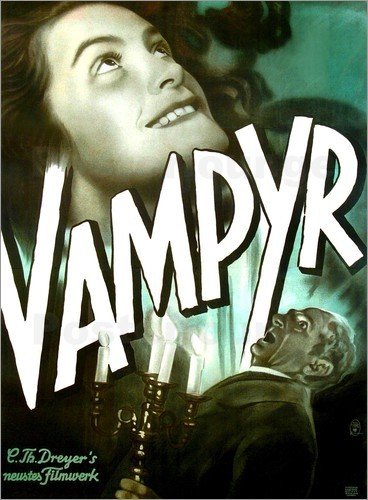
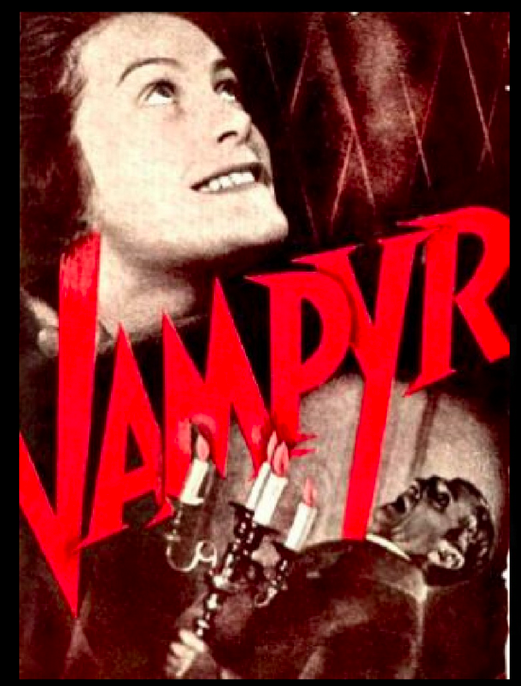
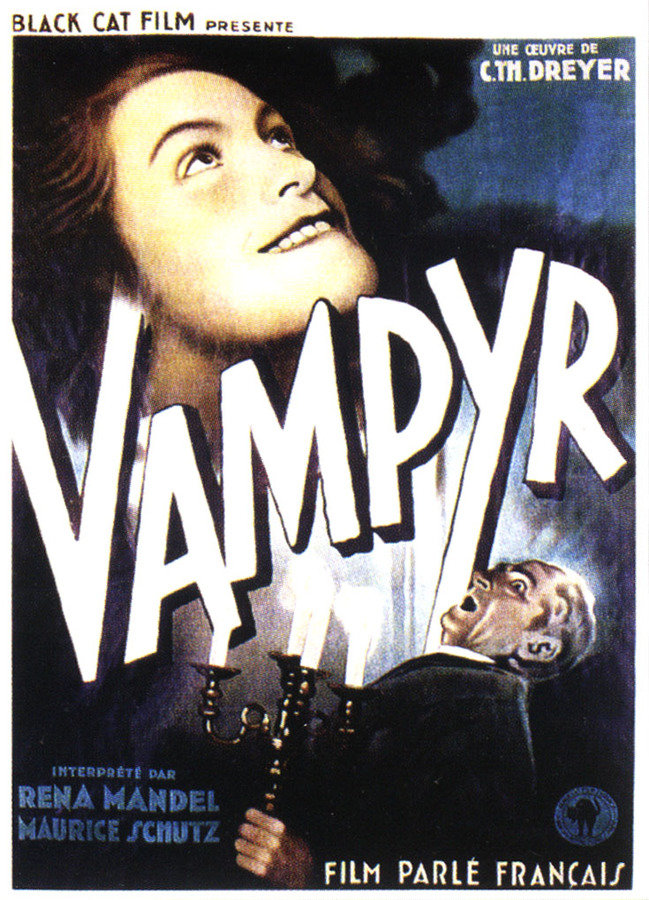
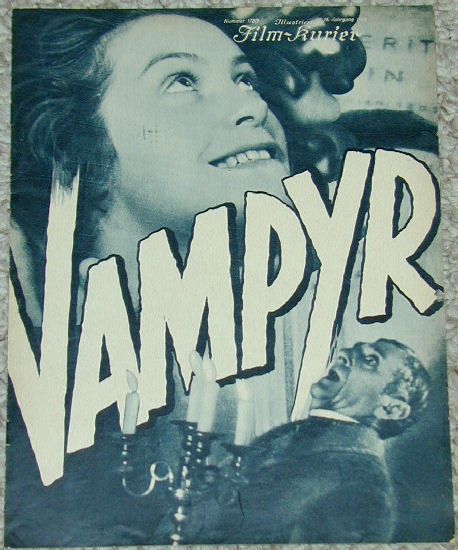
By: Alexander Jones Director: Carl Theodor Dreyer
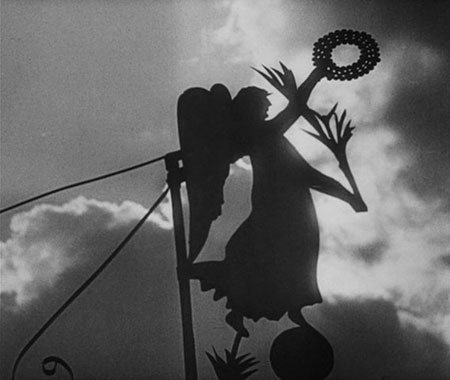
Alfred Hitchcock stated Vampyr is ‘the only film worth watching… twice.’
After the legal trouble Murnau had with the Bram Stoker estate on the release of Nosferatu back in 1922, one thing that had to be right was that the material should be out of copyright. And here, as luck would have it (Le Fanu died in 1873), Dreyer was on safe ground.
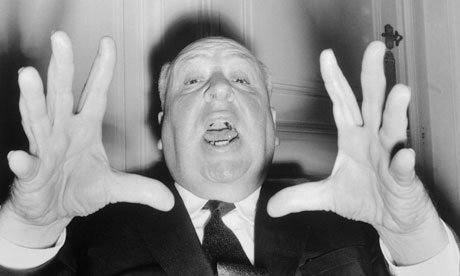
Based on Carmilla
narrated by Laura, one of the protagonists of the story she lives a in German castle with her wealthy retired landowning father. Laura thinks she was bitten at six years old by a vampire. A general is visiting the castle. Carmilla comes to the castle by happenstance, who serves as a young companion to Laura. Carmilla sleeps during the day and makes advances at Laura.
Effects on the works of Dryer
We are entering what Drowsy calls “
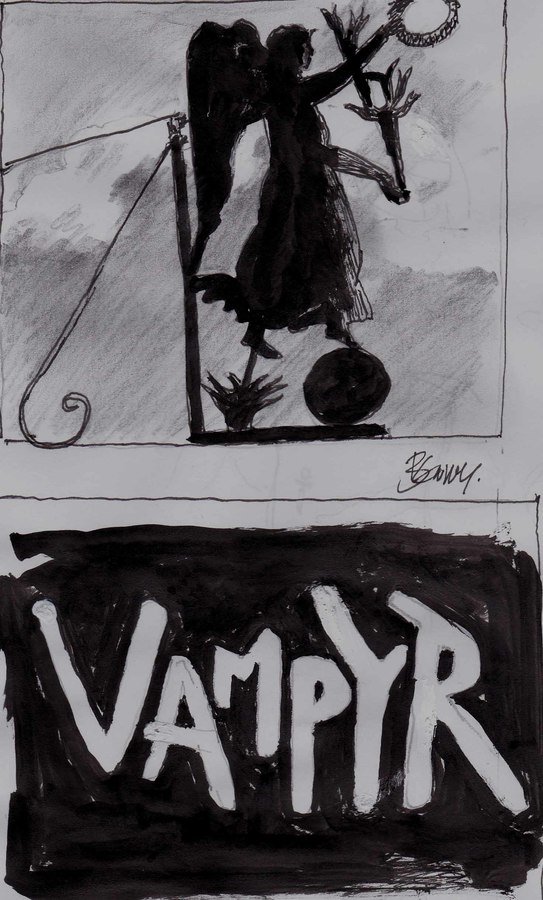
The Vampire Collective
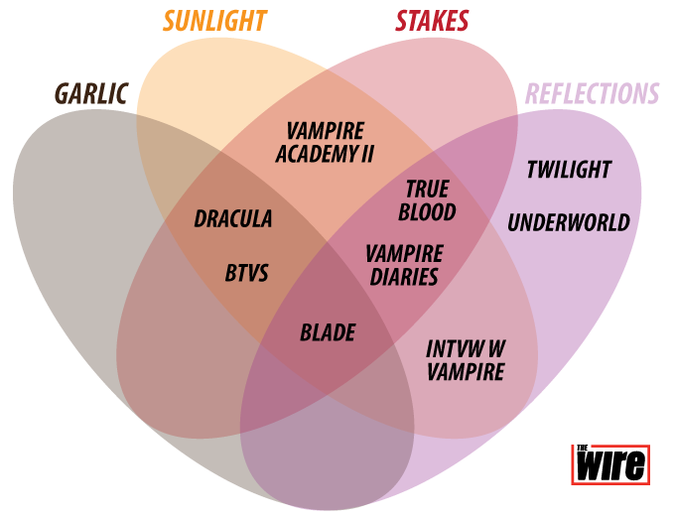
Which aspects are present in Vampyr?
Sunlight and Stakes
- Silver stake through the heart. Upon death, turns into a skeleton.
- Leaves bite marks on the shoulder. Buried in a coffin while living and dead.
- Lust of the Vampire is shared seen as a disease. Drives the victim to the act of suicide
- Delivering the soul to the prince. Curse of victims is broken after they are staked death.
- 25 years ago prior to the film according to continuity 11 died as a result of the vampire.
Specific Vampire Characteristics of Vampyr's Vampires
Truffaut on
Dreyer
‘The Whiteness of Carl Dreyer’ in ‘Francois Truffaut: The Films in My Life’
Then I think of the whiteness of Vampyr, though this time it is accompanied by sounds, the cries and horrible groans of the Doctor (Jean Hieromniko), whose gnarled shadow disappears into the flour bin in the impregnable mill that no one will approach to save him. In the same way that Dreyer’s camera is clever in Jeanne d’Arc, in Vampyr it frees itself and becomes a young man’s pen as it follows, darts ahead of, prophecies the vampire’s movements along the gray walls.
I only met Carl Dreyer three times, but it pleases me to write these few lines as I sit in the leather-and-wood chair that belonged to him during his working life and was given to me after his death. He was a small man, soft-spoken, terribly stubborn, who gave an impression of severity although he was truly sensitive and warm. His last public act was to gather the eight most important men involved in Danish cinema to write a letter protesting the dismissal of Henri Langlois from the Cinematheque Francaise.
Now he is dead; he has joined Griffith, Stroheim, Murnau, Eisenstein, Lubitsch, the kings of the First generation of cinema, the generation that mastered, first, silence, and then sound. We have much to learn from them, and much from Dreyer’s images of whiteness.
Vampyr
is all about Atmosphere
https://www.youtube.com/watch?v=HcbC3i0ZbU4
https://www.youtube.com/watch?v=nvW2mKiLM-M
Dracula vs. Vampyr
Allan Grey enters a mysterious castle in Courtempierre. After sleeping, he awakens to an old man leaving a will on his table. He’s guided towards a castle. The old man is his murdered via a cryptic gunshot.
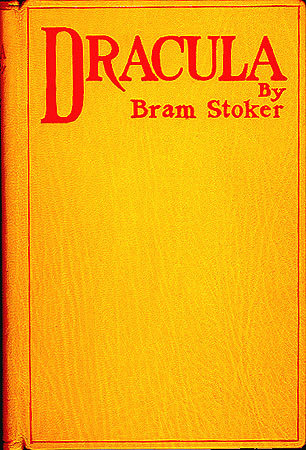
Jonathan Harker visits Count Dracula in the Transylvania. Dracula imprisons Harker, where he runs into three dracula sisters. Harker encounters a ship shortly after.
VA
MP
YR




VAMPYR
By Alex Jones
VAMPYR
- 235



